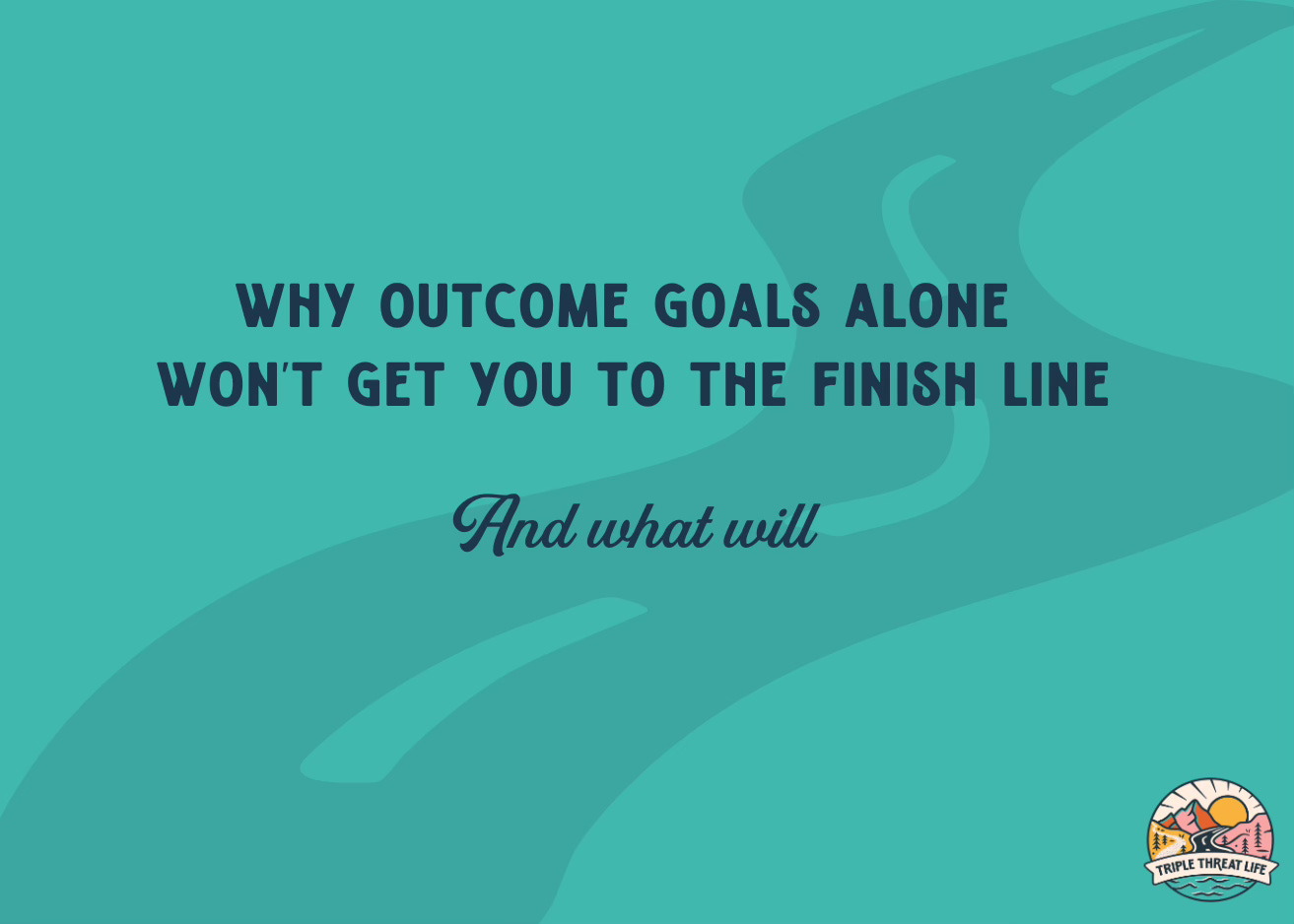Why Outcome Goals Alone Won’t Get You to the Finish Line—and What Will
*The BIG difference between outcome and process goals.
Triple Threat Life is an email newsletter with practical triathlon tips and mindset techniques to help everyday athletes succeed. Some installments are free. Some are for paid subscribers only. Sign up here.
What’s your biggest goal in triathlon right now?
Maybe it’s doing your first 70.3, getting a PR at your next race, or even qualifying for Kona.
These are big and exciting goals… but they’re incomplete.
What do I mean by that?
These are outcome goals, and while they’re great for providing direction, they’re not enough to get you to the finish line on their own.
That’s where process goals come in. Unlike outcome goals that focus solely on results, process goals are about the day-to-day actions that provide a road map for success.
They’re the real secret behind consistency, steady progress, and maintaining motivation.
Today, we’ll talk about the difference between outcome and process goals, why both matter, and how shifting your focus can transform not only your training, but also your mindset as an athlete.
*Triple Threat Life Club Members get access to (The Success Planner: Break Down Your Big, Scary Goal into Achievable Steps)
What’s an outcome goal?
Outcome goals are typically long-term, “big picture” goals that focus on a specific outcome or result. Outcome goals focus on what you want to achieve, but not necessarily how you plan to achieve it.
Outcome goals are more abstract or generalized, which makes them hard to measure and control all the variables involved.
An outcome goal might look like getting a PR, winning your age group at a race, or qualifying for a World Championship.
While setting an outcome goal can give you a target, you will need smaller process goals (sub-goals) to create a plan for how to achieve that big, scary one.
What’s a process goal?
Process goals are usually short-term and specific. A process goal focuses on the steps you will need to take in order to achieve the outcome you want. Think of it like a road map.
Because there are less variables involved and more flexibility allowed, process goals are often more achievable than outcome goals.
Hi! You’re enjoying the free Triple Threat Life newsletter. Join the Triple Threat Life Club to participate in monthly video chats with expert guest speakers, get access to our extensive discount list, $80 annual credit from The Feed, and members-only content.
Process goals vs. outcome goals
Both types of goals have their place, but a process goal is typically going to have a higher success rate than an outcome goal.
Here’s why.
Let’s say your goal is to get on the podium at a race. The problem with that is you can’t control most of the variables involved, such as the caliber of the other athletes who show up and the performances of those competitors.
You can’t control the weather, course conditions, or even how your body is feeling on that particular day (for the most part).
This outcome goal is what I call an “all or nothing” goal. You either achieve the end result of getting on the podium, or you don’t. There’s no middle ground.
Having a goal that’s reliant on too many factors outside of your control can easily lead to frustration, causing you to feel discouraged.
But that doesn’t mean we shouldn’t aim high and swing for the fences, right? What if your goal is to get on the podium. That’s great, but you need a plan that will give you the best chance at achieving it.
While you can’t control the performance of other competitors, the course, or the weather, you can control your own performance. So, let’s focus on that by setting some process goals that will help you get closer to the end result you want.
This might look like:
Sighting well, navigating effectively, and sticking with the front pack on the swim.
Staying within your desired heart rate range/power numbers/RPE on the bike.
Nailing your nutrition strategy and pacing to better execute the run.
These smaller process goals are whatever is specific to you, as an individual, that will set you up to have the best race you can. These apply to your own strengths and weaknesses.
But even if you do everything perfectly, you still might not end up on the podium. However, in this case, you will have achieved many of the process goals you’ve set for yourself, which builds self-confidence and skill mastery.
It also helps with continued motivation, because you feel a sense of accomplishment. This helps you stay committed to working toward your end goal and might inspire you to set bigger goals in the future.
If you want some help with this process, check out the goal-planner worksheet below.
*Success Planner: Break Down Your Big, Scary Goal into Achievable Steps
The template below has guided questions that will help you turn your big goals into actionable steps, allowing you to track progress and stay motivated on the journey.
But first, a short story.
I’m taking you back about 8 years ago to my past life as an elite equestrian. Although showing horses is different than triathlon in a variety of ways, the goal-setting process for any competitive sport is the same.
While I was blessed to win 10 World/Reserve World Champion (2nd) titles during my 13 years in the sport, and was named the #1 rider in the country, I thought about my goals very differently than most…
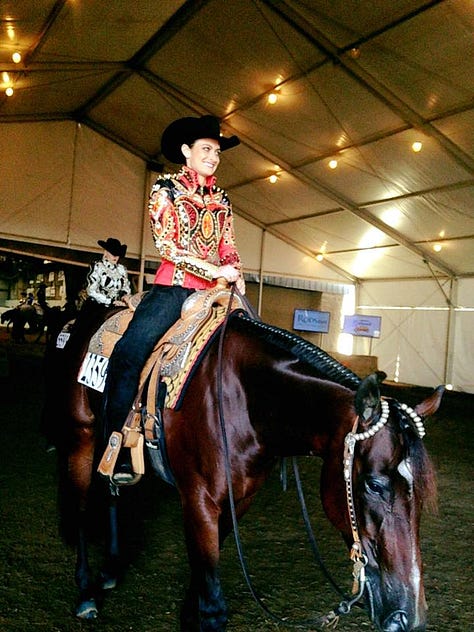
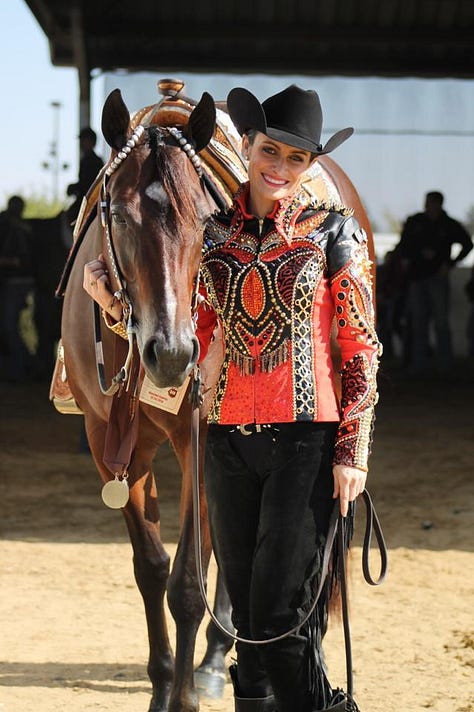

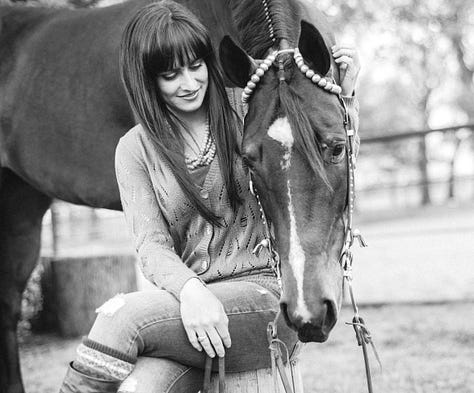
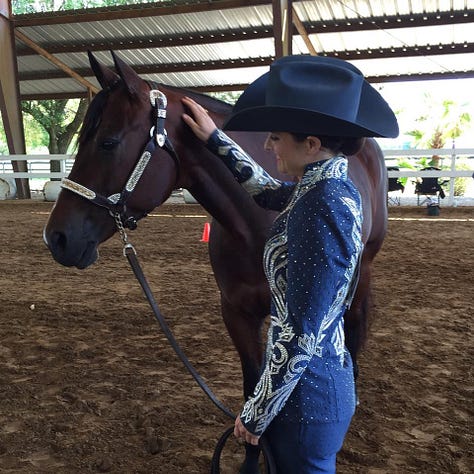
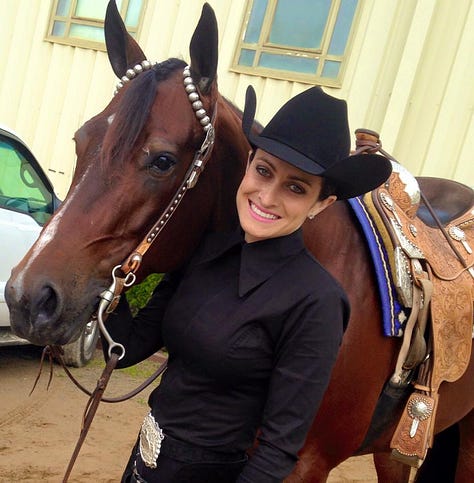

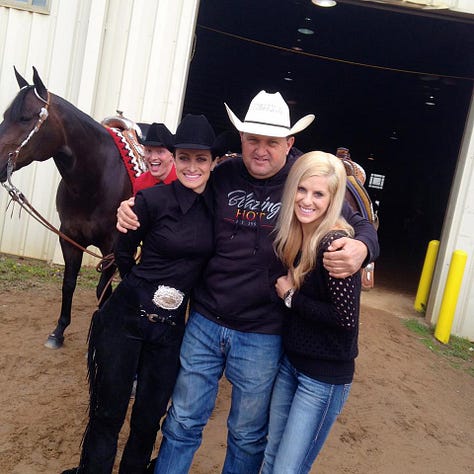
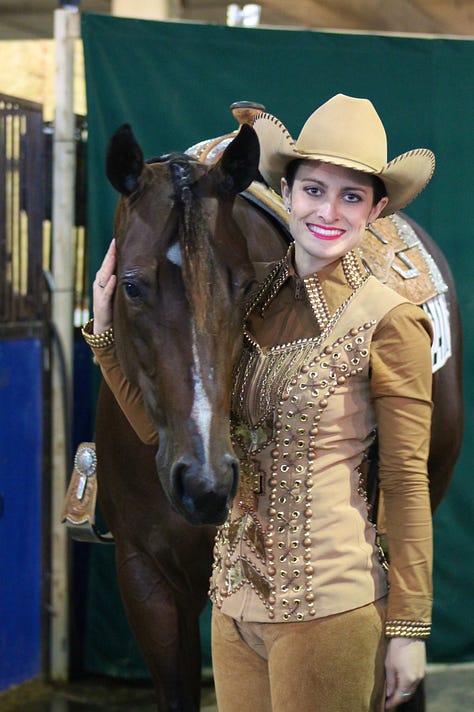
Although I definitely wanted to become a World Champion, and knew it was a reasonable goal (in time), and I had the resources, like excellent trainers, in place to help me achieve the goal, I don’t think I ever said it out loud.
I knew that focusing too much on the outcome would only serve as a distraction and potential cause of stress and anxiety, leading to poor performance. But if I focused on the process- perfecting the form, technique, and skills needed (and I was able to deliver on the day) I’d get the end result I was hoping for.
And it worked for me. 10 times.
Keep reading with a 7-day free trial
Subscribe to Triple Threat Life to keep reading this post and get 7 days of free access to the full post archives.





